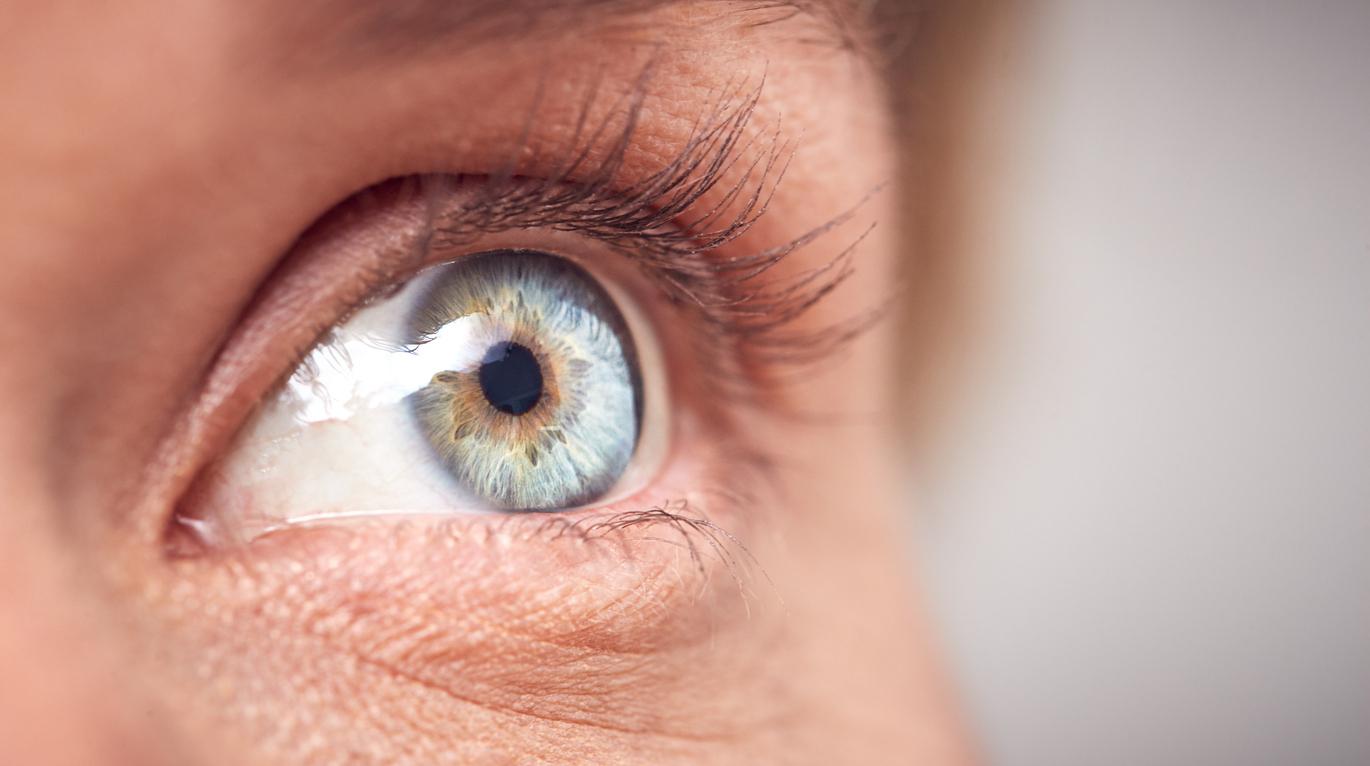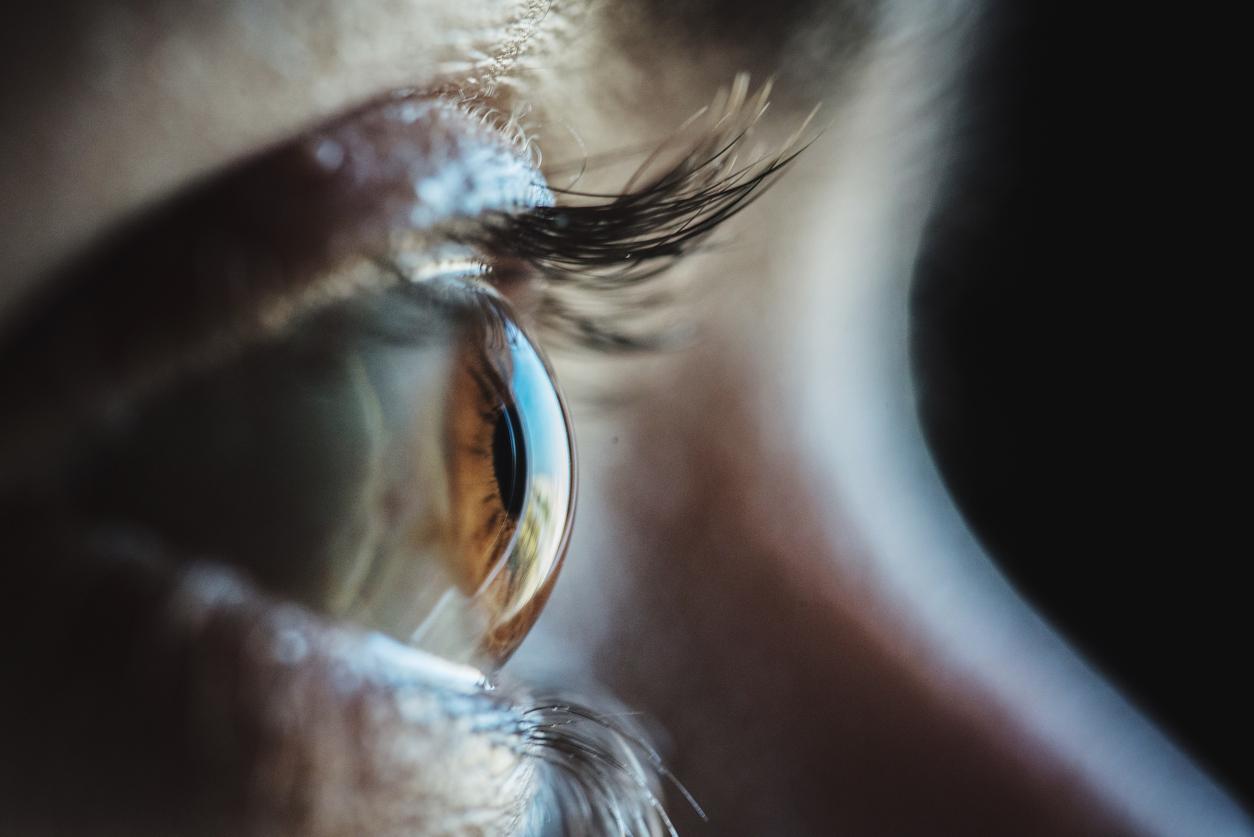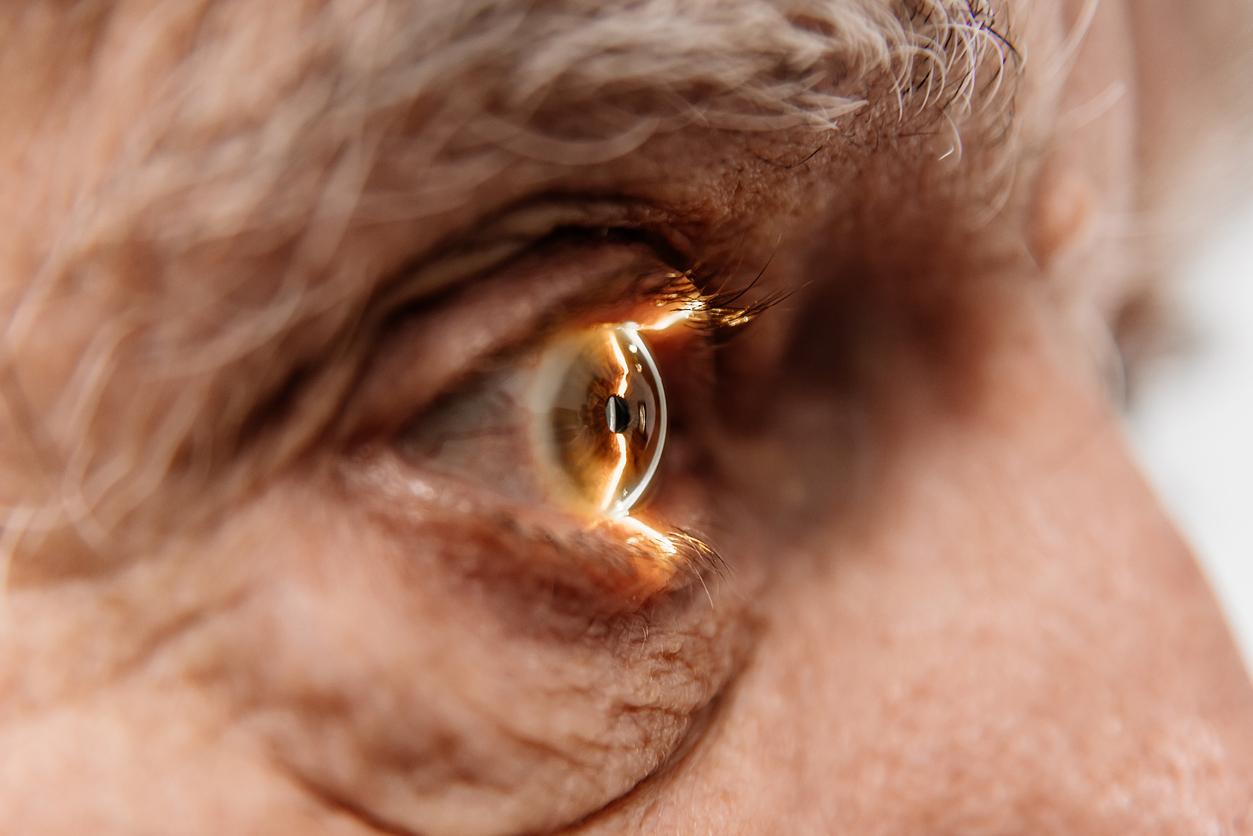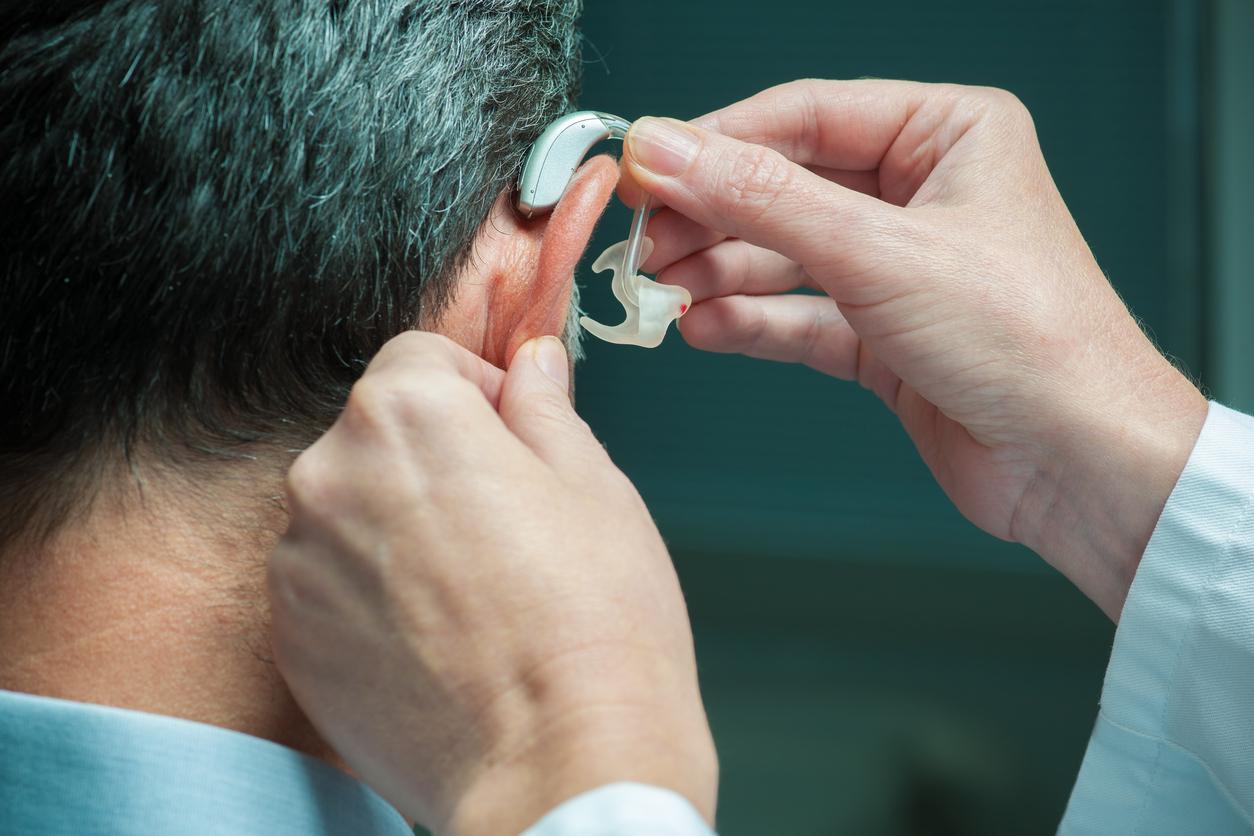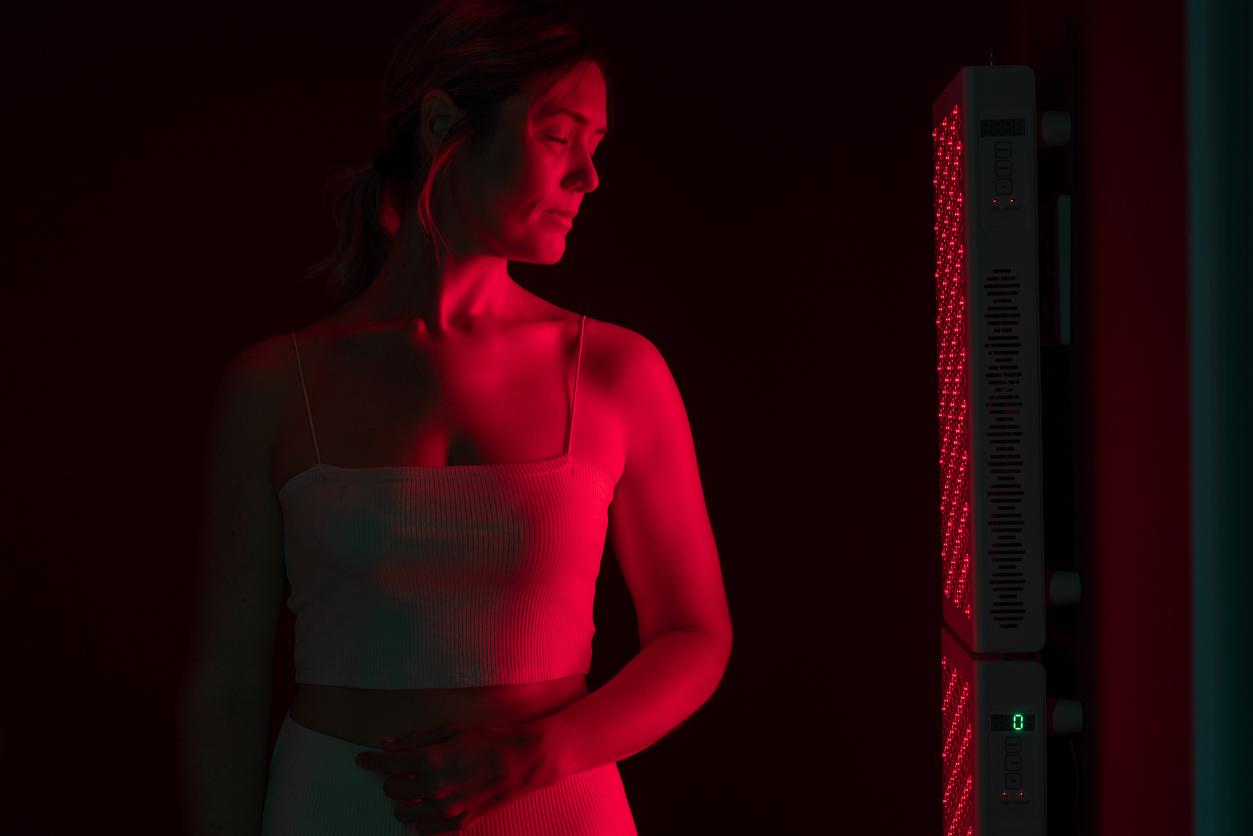A study from the University of Berkeley shows that the ability to determine the exact location and size of objects varies from person to person.

- Each individual has a unique visual imprint, which means we all perceive the world differently!
Do you think you can, like your neighbor, accurately estimate the size and distance of a tree, a ball or a dog? And that your two visual fields are identical?
You are wrong. This is what researchers from the University of Berkeley, California, conclude in a study published in the journal Proceedings of the Royal Society . “We suppose that our perception perfectly reflects the physical world around usbut this study shows that each of us has a unique visual imprint“, explains the lead author of the study, Zixuan Wang, also a doctoral student in psychology at the University of Berkeley.
A unique visual imprint
To reach this conclusion, the researchers first sought to find out whether we all see the objects in our environment in the same way. “For example, when glancing at a cup of coffee on a table, can two people agree on its exact position and that its handle is large enough that one can grab it?” they wrote in a statement.
The result of a series of experiments carried out by scientists with volunteers suggests not. “We can reach for a cup of coffee thousands of times in our lifetime, and through practice, we reach our goal,” says Professor Wang. “It’s the behavioral aspect of how we train ourselves to coordinate our action in relation to what we see.”
The first experiment in which the volunteers complied consisted of pinpointing the location of a target on a computer screen to test their visual localization. In another experiment looking at variations in acuity in each person’s field of vision, participants viewed two lines spaced a minimum distance apart and determined whether a line was located clockwise or in the opposite direction of the other line.
Significant variations in visual performance
Finally, in a final experiment, participants looked at a series of arcs of different lengths and were asked to estimate their length. Surprisingly, people perceived the same arcs as larger in some places in the visual field and smaller in others.
Another lesson learned from the experiments: there are significant variations in visual performance between participants and, more surprisingly, in the visual field of each individual. The mapped data thus shows that each participant has a unique visual imprint and that no one escapes perceptual distortion.
“Although our study may suggest that the source of our visual impairments may be in our brains, further investigations are needed to discover the neural basis“said Professor Wang.
According to the researchers, these differences in perception have important implications for the practice of medicine, technology, driving and sports, among other areas where precise visual localization is essential. “What is important is how we adapt to these deficiencies and compensate for our mistakes,” concludes the researcher.








